Epileptic Seizure Comparison (1976)
Epileptic Seizure Comparison (1976)
Paul Sharits is one of the great experimental, sometimes called structuralist/ materialist, filmmakers of the 20th Century. Epileptic Seizure Comparison is a deeply empathetic interpretation of epilepsy, far beyond anything as crass as voyeurism.
ReadTwo film loops are projected, one above the other, on the narrow wall of a trapezoidal room. The films show images from a medical study on brain wave activity in two patients undergoing epileptic fit. Paul Sharits intercuts the original black and white material with pure colour frames. The walls of the room are covered with aluminium paint to further heighten the light reflections and the pulsation of the images. The content of the film material used determines the work’s formal components and structure: the rhythm of the images and the two soundtracks are based on the brain wave frequency during an epileptic fit as recorded by an electroencephalogram. In this way, Sharits creates a spatial, visual, and acoustical situation that allows non-epileptics to share the experience of the convulsive stages.
We showed this piece as a film a few years ago, but it has only recently been restored to its original installation format, in which it becomes an even more moving and important work. Here’s what we had to say for the film: “A deeply empathetic interpretation of epilepsy, far beyond anything as crass as voyeurism, Sharits’ film puts the structural developments of experimental cinema to surely their most compassionate end; interpreting the brainwaves, groans and convulsions of two epilepsy sufferers in direct and allegorical cinematic terms, in an attempt to help us all understand their emotional and physical state. A bold, moving and astonishingly emotional work of art.”
Documentation

▴ Credit: Bryony McIntyre
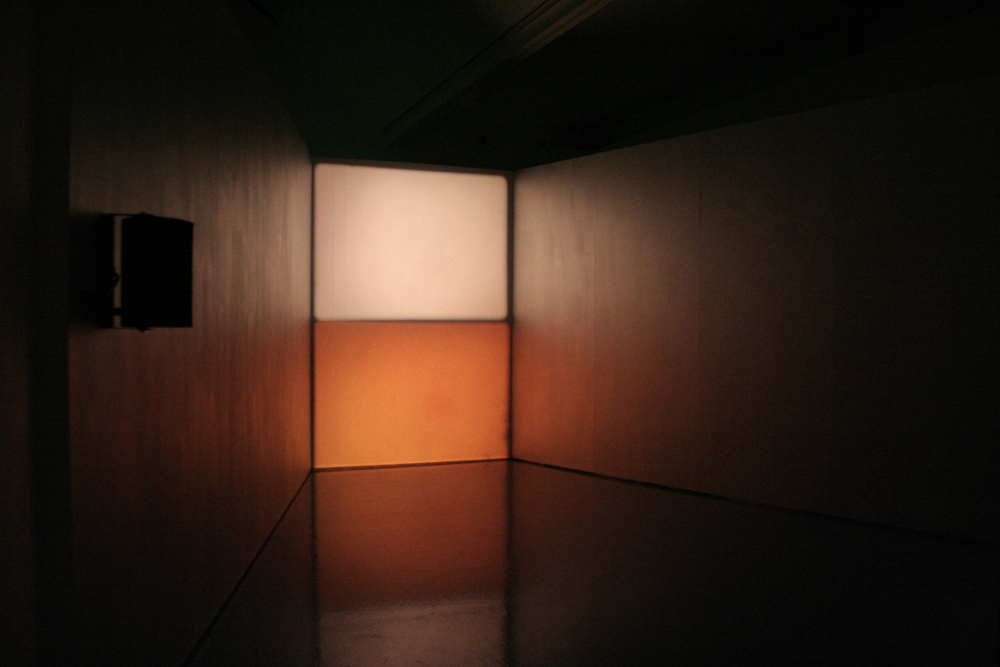
▴ Credit: Bryony McIntyre
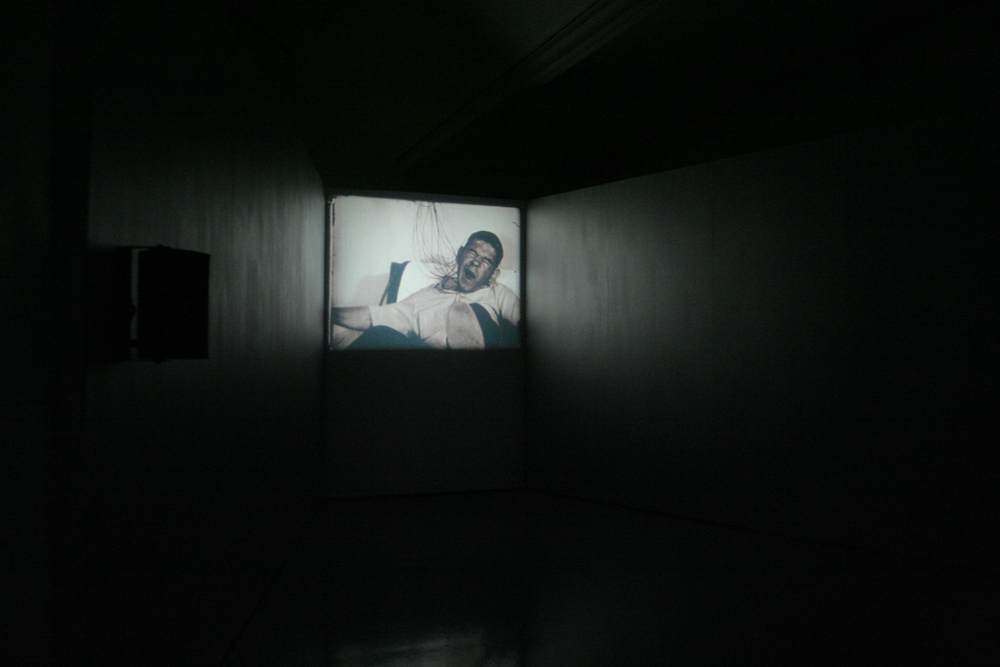
▴ Credit: Bryony McIntyre
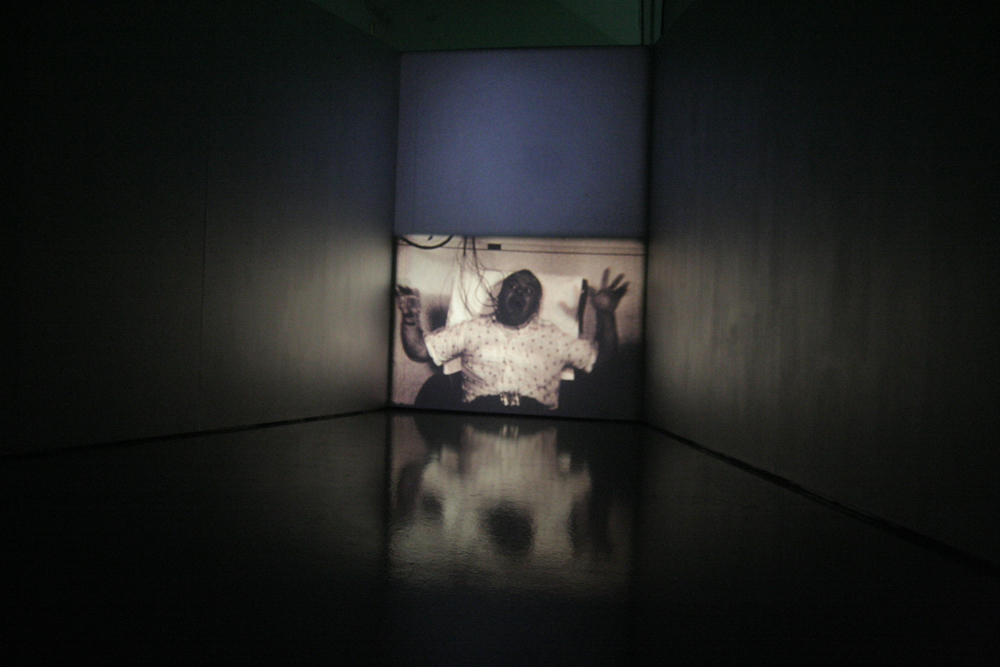
▴ Credit: Bryony McIntyre
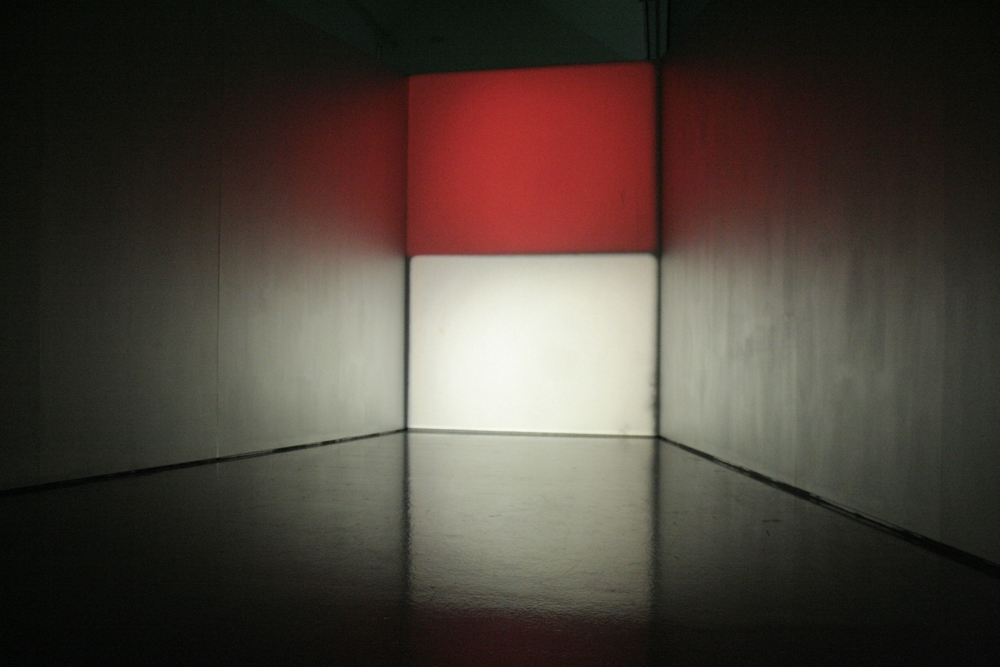
▴ Credit: Bryony McIntyre
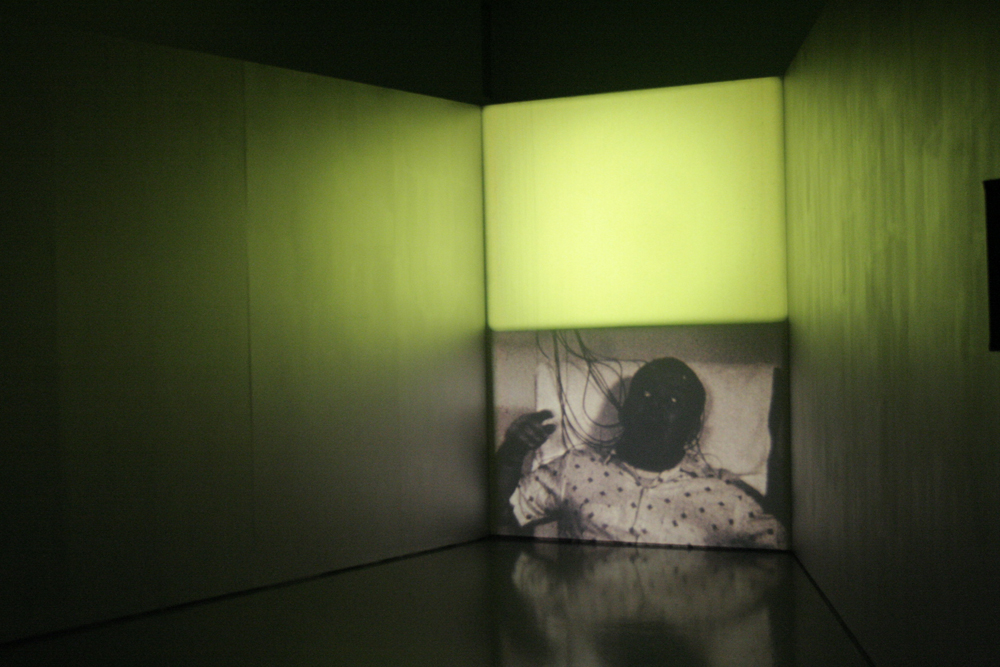
▴ Credit: Bryony McIntyre
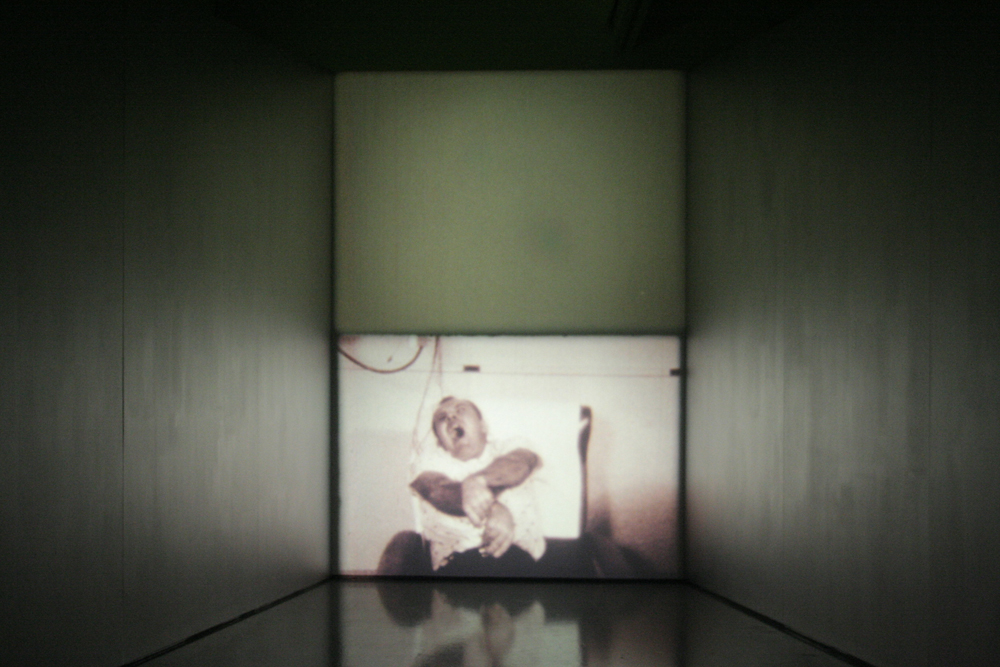
▴ Credit: Bryony McIntyre